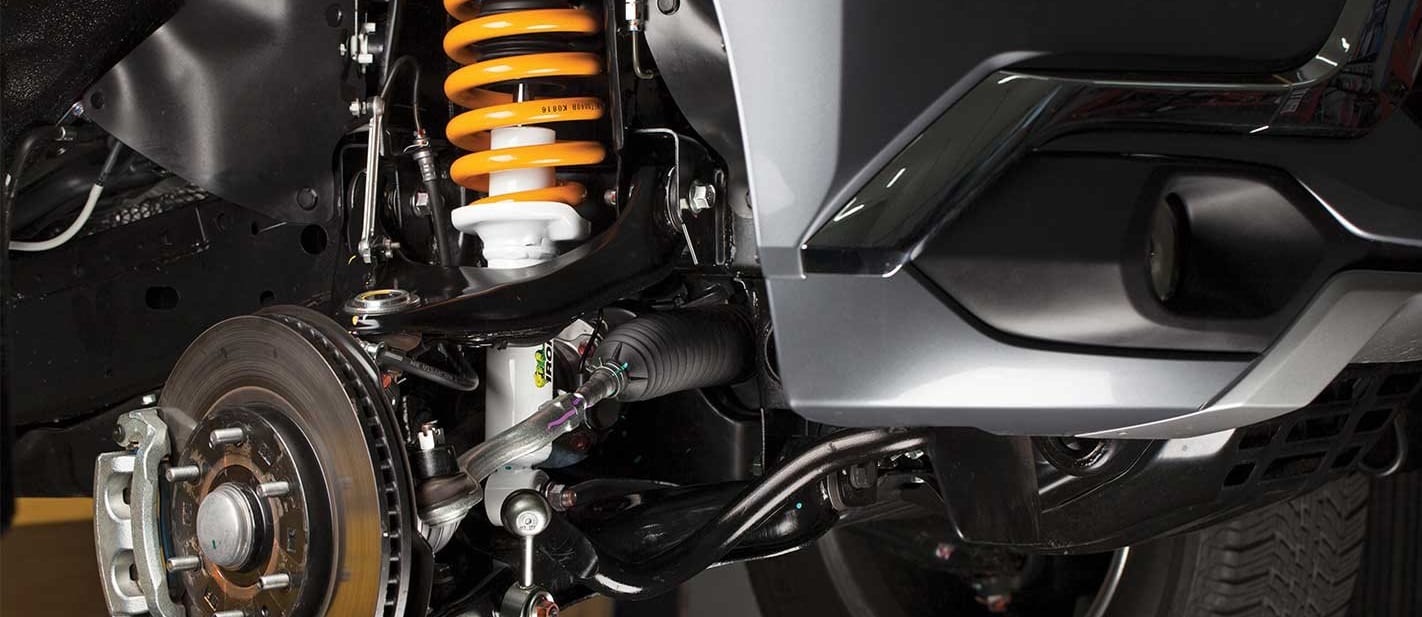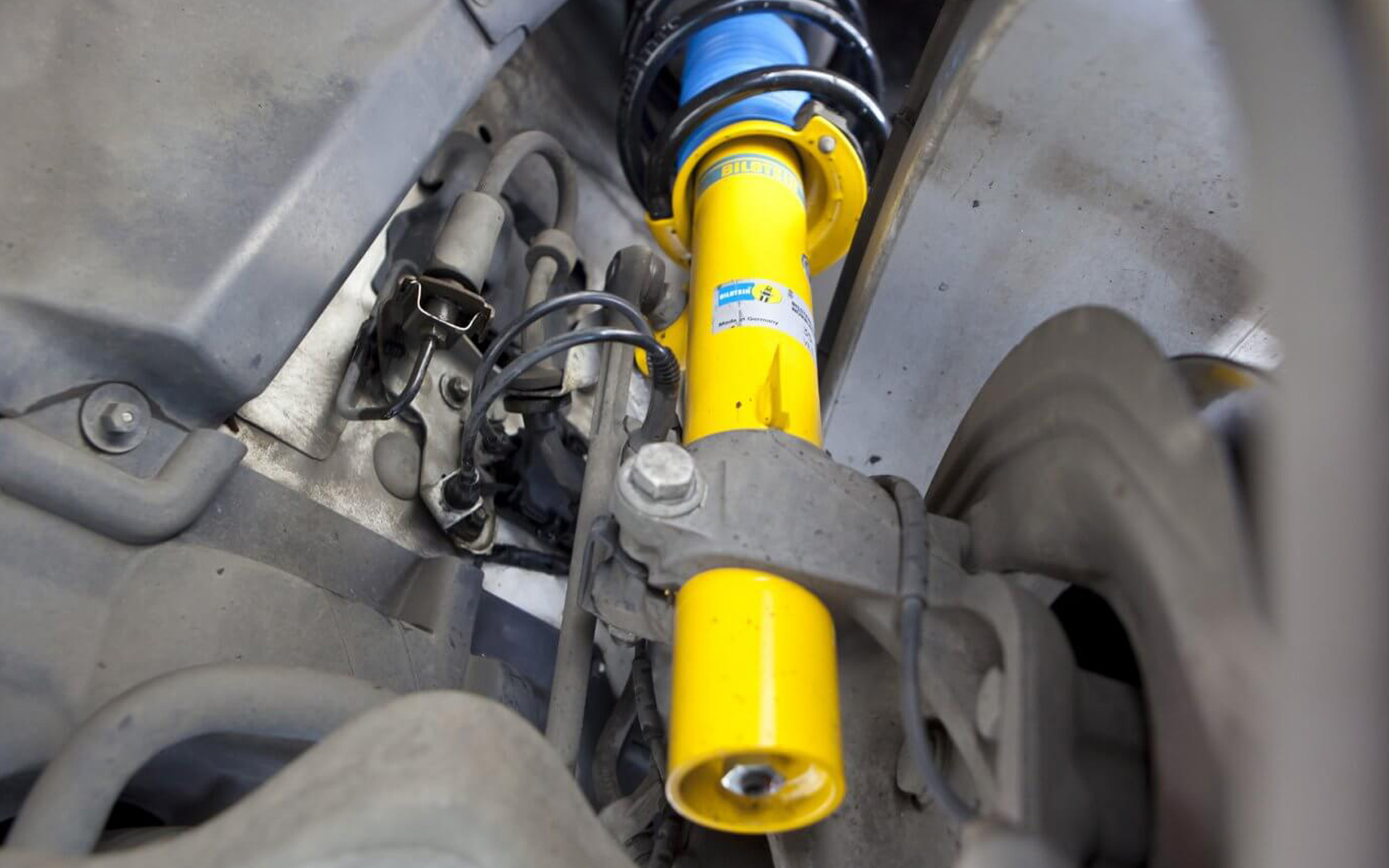A relatively minor part plays a very important role in the driving dynamics of your vehicle.
Car shock absorbers are an important part of vehicle suspension and are used to control movement, but they also allow engineers to adjust ride comfort and handling. In the case of active or adjustable suspension, this level may change even if you are driving.

The springs bear the weight of the vehicle, and when you encounter bumps, they will bounce to absorb energy. But if they continue to bounce, the car will be difficult to control. This is where the shock absorbers come in; they dissipate the energy of the spring and make the ride smooth. They also make sure that the tires stay on the road instead of bumping all the way.
Shock absorbers for cars are basically tubes filled with oil. When the car bounces on bumps, the internal piston moves in the cylinder. It squeezes the oil into the second chamber through a port that restricts its flow, thereby slowing down the movement of the piston. The kinetic energy of the spring is dissipated through the oil in the form of heat, and the car is kept level by reducing the tendency of the spring to bounce up and down. This is a process called damping, so the shock is also called a damper.
The size of the ports helps determine the ride. Smaller ports create more resistance and a firmer ride, while larger ports provide a softer ride.
The gas shock contains pressurized nitrogen and hydraulic oil. The gas reduces the possibility of oil foaming under severe use, thereby reducing the shock absorption effect.
Like other parts in a car, the shock absorber will eventually wear out. If your car bounces excessively when bumping, or you find oil leaking from them, use the shock absorber replacement. If you don’t replace them, you seem to just give up a bit of riding quality, but when the vibration becomes severe enough, they affect the way your tires contact the road. In some situations, you may lose control, for example, when you try to pass a curve or change lanes if your vehicle encounters a bump and bounces.

Traditional shock absorbers do adjust to the road surface; in a harder collision, the internal piston of the shock absorber will move more and will encounter more resistance from the hydraulic oil. But there are also shocks that can be adjusted by the driver for a firmer or softer ride, and systems that automatically adjust to road conditions.
Ford added an adjustable system to its 2017 Fusion Sport, which uses electro-hydraulic shocks. Ford Dynamics Technologist David Russell said: "We do not have a fixed set of mechanical valves to always define the response of the damper, but an additional valve." "The valve is actively controlled and adjusted by sensors in the vehicle. We 46 inputs are used to decide how to tighten or open additional valves. It passes these inputs 500 times per second, and it takes 10 to 20 milliseconds for the damper to achieve the new goal."
Under the control of the electric actuator, the shock will react to the input from the vehicle because it measures the vehicle speed and the driver's steering input and other considerations. When the driver presses the "sports" button on the console, the electric shock will also change its characteristics. On some vehicles, this will only change the performance of the drivetrain, such as keeping shifting time longer on an automatic transmission. But on vehicles with adjustable suspension, it can also change the way it reacts to shocks, making it more robust in sports mode.

For some drivers, even 10 milliseconds may seem eternal. To get results faster, some automakers, including Ford, GM, Ferrari, and Audi, provide new shock absorbers that use magnetic force to inhibit driving, instead of valves. MagneRide was developed by General Motors' Delphi division and first used in vehicles in 2003. It is now owned by the BMI Group. MagneRide uses a fluid containing tiny iron particles and an internal piston containing electromagnetic coils.

Under the normal drive, the particles are evenly distributed throughout the fluid. However, when the impact needs to be tightened on the bumps, the car sends an electric current to the coil in the piston, thereby magnetizing it. This aligns the particles almost instantly, increases drag, and keeps the ride under control on rough patches. If a stronger impact is required, the suspension system will adjust the current to make the magnetic field stronger, thereby increasing its impact on the particles. The shock relies entirely on electricity, not mechanical valves. Although the effect is the same when the car is driving on the road, the vibration will respond to input-it can be five times faster than using a valve.
How an engineer decides which shock absorber to use depends on a variety of factors, including the type of vehicle, size, weight, suspension design, expected handling, the ride experience expected by the target audience, and the shock absorber cost.













